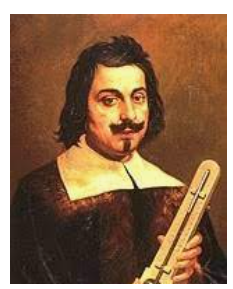We use the power of the vacuum in our daily lives in multiple ways. Certain fluid and materials in warehouse and storage facilities need the use of a vacuum conveyor, like those from aptech.uk.com/pneumatic-conveying-systems/vacuum-conveying to move items around and into transport and packaging for sale. They are also used in fluorescent light bulbs and the necessary valves for tvs and other domestic appliances in the home.

None of these things could have been possible without the work of the Renaissance scientist Evangelista Torricelli. He was born in Italy and was a student of the famous Galileo. This was to be a profound influence on his life. His greatest work was the development of the first working barometer. It might not seem like it, as they are used to measure temperature and don’t seem to involve vacuums at all. His teacher Galileo had said that he believed the reason that the suction pumps in wells worked was due to a “force of vacuum” This was seriously theoretical stuff as the Greeks had never been able to agree that a vacuum existed in the first place.

Torricelli took from Gaillioe’s early work and came upon the idea of using mercury in a sealed airless tube. With the air gone the mercury was in a vacuum. As the temperature rose so did the mercury and it dropped as the cold set in. In this way, the first pure and stable vacuum was created. This showed that a vacuum could move fluid.





+ There are no comments
Add yours